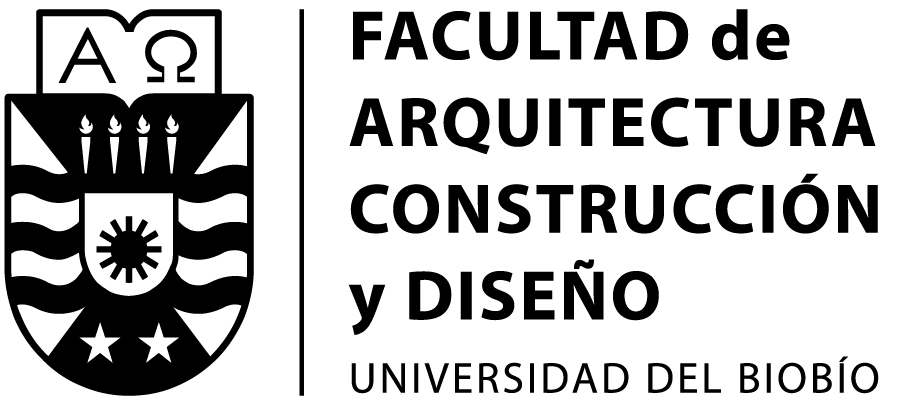Turismo y nuevos paradigmas en el diseño de espacios recreativos mediante el ordenamiento territorial en islas. Caso del Plan Regulador de Isla Chira, Costa Rica.
DOI:
https://doi.org/10.22320/07183607.2017.20.36.05Palabras clave:
Isla Chira, isla Chira, actores sociales, áreas verdes, planificación territorial, planificación rural, áreas recreacionales, turismoResumen
La disponibilidad y calidad de espacios de recreación es un tema de importancia dentro de los proyectos de Ordenamiento Territorial. En espacios turísticos, además de la población, es necesario considerar a los turistas dentro de los usuarios de estos sitios. En ese sentido, este artículo presenta el proyecto Plan Regulador de Isla Chira, Golfo de Nicoya, Costa Rica, y exponer la metodología empleada para incorporar el aspecto relativo a las áreas recreativas como una línea de investigación dentro del proceso de ordenamiento territorial. Se debe considerar que el estudio se enfoca en las particularidades que requieren el diseño de espacios recreativos en islas que tienen potencial turístico y lo hace desde la perspectiva de la legislación costarricense. Lo que permitirá a los investigadores de otros países comparar estos datos con su realidad jurídica. Los resultados muestran la importancia de contar con la participación de la comunidad como la base para la toma de las decisiones como también la gran relevancia que tiene las propiedades de los sitios de esparcimiento pensando en la inclusión de estos sitios como complemento de los atractivos turísticos de una zona, y teniendo en cuenta las necesidades del visitante en los diseños que se realicen de los espacios destinados al esparcimiento.
Descargas
Citas
CASTILLO, GINNA. (2013). Indicadores ambientales de espacio público en Bogotá. Universitat Politécnica de Catalunya. Master de Sostenibilidad. Barcelona, España.
Departamento de Planificación del Gobierno de Hong Kong (2015). Hong Kong Planning Standards and Guidelines (HKPSG). Editorial Gobierno de Japón. Tokio, Japón.
Diputación de Barcelona (2015). La participación ciudadana en la planificación estratégica territorial. Guías metodológicas para la planificación estratégica. Editorial de la Diputación de Barcelona, España.
ELIZALDE, Rodrigo, GOMES, Christianne. (2010). Ocio y recreación en América Latina: conceptos, abordajes y posibilidades de re significación. Revista Polis (vol. 9, núm. 26).Universidad de Los Lagos. Santiago, Chile. 1 – 20 p.
FLORES-XOLOCOTZI, Ramiro.; GONZÁLEZ-GUILLÉN, Manuel de Jesús. (2010). Planificación de sistemas de áreas verdes y parques públicos. Revista Mexicana de Ciencias. Forestales (18 Vol. 1. Núm. 1) Instituto Nacional de Investigaciones Forestales, Agrícolas y Pecuarias (INIFAP). 17-24 p.
Instituto Nacional de Estadísticas y Censos del Ecuador (INEC). (2012). Índice Verde Urbano 2012. Editorial del INEC, Quito, Ecuador.
MANERO, Fernando. (2010). “La participación ciudadana en la ordenación Del territorio: posibilidades y limitaciones”. Cuadernos Geograficos, 47 (2010-2).Universidad de Granada, España. Pp. 47-71
MCLEAN, Daniel.; HURD, Amy (2012). Recreation and Leisure in Modern Society. Jones & Bartlett. Estados Unidos de América.
MONTES, Felipe (2001) El ordenamiento territorial como opción de políticas urbanas y regionales en América Latina y el Caribe. Editorial de la Comisión Económica para América Latina (CEPAL) de la Organización de Naciones Unidas (ONU). Santiago de Chile. Chile.
Organización de las Naciones Unidas (ONU). (2016). Espacio Público. Conferencia Habitat III sobre Vivienda y Desarrollo Urbano Sostenible. Quito, Ecuador.
PITKÄNEN, Kati.; ADAMIAK, Czeslaw.; HALSETH ,Greg (2014) .Leisure Activities and Rural Community Change: Valuation and Use of Rural Space among Permanent Residents and Second Home Owners. Sociologia Ruralis, (Vol 54, Núm 2). European Society for Rural Sociology. Editorial Bettina Bock. Inglaterra. 144 -166 p.
Programa de Investigación en Desarrollo Sostenible (ProDUS). (2013). Diagnóstico del Plan Regulador de isla Chira. Universidad de Costa Rica, San José, Costa Rica.
SORENSEN, Mark.; BARZETt, Valerie.; KEIPI ,Kari.; WILLIAMS , John. (1998). Manejo de las áreas verdes urbanas. Editorial del Banco Interamericano de Desarrollo (BID). Washington, Estados Unidos de América.
Descargas
Publicado
Cómo citar
Número
Sección
Licencia
El contenido de los artículos y reseñas que se publican en cada número de Urbano, es responsabilidad exclusiva de los autores y no representan necesariamente el pensamiento ni comprometen la opinión de la Universidad del Bío-Bío.
Las/os autoras/es conservarán sus derechos de autor, sin embargo, garantizarán a la revista el derecho de primera publicación y difusión de su obra. La publicación del artículo en Urbano estará sujeta a la Licencia de Reconocimiento de Creative Commons CC BY-SA que permite a otros compartir-copiar, transformar o crear nuevo material a partir de esta obra para cualquier propósito, incluso comercialmente, siempre y cuando se reconozcan la autoría y la primera publicación en esta revista, y sus nuevas creaciones estén bajo una licencia con los mismos términos.![]()























